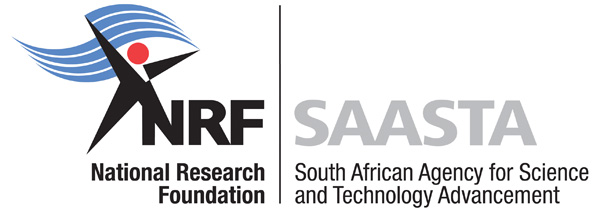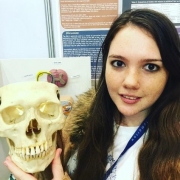Climate Change Could Crush the Cure for Cancer: Carri-Ann Bloom
In April this year, many of us, while savouring our first cup of morning goodness and watching the news, scrolling through social media or perhaps even reading a newspaper, would have come across a headline about penguins dying rapidly in the Antarctic. Although this story was widely reported, it otherwise seemed to go unnoticed and unremarked upon. However, this story is an indicator that our world as we know it and upon which we depend for everything is slowly dying.
A study, conducted by the British Antarctic Survey, published in the journal Antarctic Science, found that the world’s second largest emperor penguin colony experienced what was termed a ‘catastrophic breeding failure’. The ice in the Polar Regions is melting at such an extreme rate that baby penguins are drowning before they learn how to swim.
What do penguins in Antarctica have to do with me? Why should we be worried about this? Animals go extinct all the time. Better yet, what do penguins have to do with finding the cure for cancer?
These penguins are indicators of the Earth’s health. We cannot ignore climate change or shrug it off for much longer, as Earth has officially passed the ‘point of no return’. The scales of balance have been tipped and the heating of the Earth by a few ambient degrees has not only resulted in glaciers melting but has also affected the reproduction times of plants, changes in the lengths of the growing season and frequency of pest outbreaks, all which decrease something known as biodiversity.
Biodiversity is the variety and variably of life on Earth. Biodiversity is desirable because it boosts the ecosystem, where every member, no matter how small, has a role to play. So how can biodiversity influence the cure for cancer? Well many of the medicines used today to treat diseases such as Type 2 Diabetes and cancer are derived from plants. Metformin, a commonly used anti-diabetic agent, comes from the plant French Lilac and has been used since the Middle Ages to treat diabetic-like diseases. Tamoxifen from the Pacific Yew tree has saved countless women from breast cancer. It was accidently discovered by scientists who were looking for a new contraceptive. Although it has no contraceptive effects, the scientist’s realised that Tamoixfen can be used to treat cancers and it remains to this day one of the most effective breast cancer drugs. A drug we are perhaps all familiar with, Aspirin or ‘Dispirin’, comes from the bark of the Willow Tree. The ancient Egyptians used to chew on the bark of the tree whenever they had a toothache.
We are losing biodiversity faster than scientists are able to screen for medical useful compounds. There is a race to catalogue and find potential cures for cancer from plants before they, like the penguins, plummet down the highway of extinction. But this is not the end. Organizations such as the Natural Products Branch of the US National Cancer Institute have supported the collection of 80 000 plant samples from tropical and endangered areas in the Americas, Africa and South East Asia, and agents have been screening them for anti-cancer activities. More then 80 % of these compounds that showed anti-cancer activity come from the rainforest, which remains one of the most biodiverse regions on Earth.
With efforts like this underway, its important to try and buy scientists more time. There are small things you can do that will make a difference. Use energy-efficient light bulbs, try eat meat-free meals every once and a while, grow your own food, recycle and use material bags over plastic bags. By reducing your own carbon footprint, this will buy scientists some extra time so that climate change doesn’t crush the cure for cancer.
About the author
Carri-Ann Bloom is currently completing her PhD in Biochemistry at Nelson Mandela University, Port Elizabeth, with her research focused on the abilities of local medicinal plants to relieve diseases such as Type 2 Diabetes. When she is not in the laboratory, she is an avid gardener, an incurable bookworm and a fledgling but enthusiast science communicator. Carri-Ann is fascinated by the intricate beauty of science and hopes that her work might spark passions in future scientists.


 The South Africa Agency for Science and Technology Advancement (SAASTA) is a business unit of the
The South Africa Agency for Science and Technology Advancement (SAASTA) is a business unit of the 